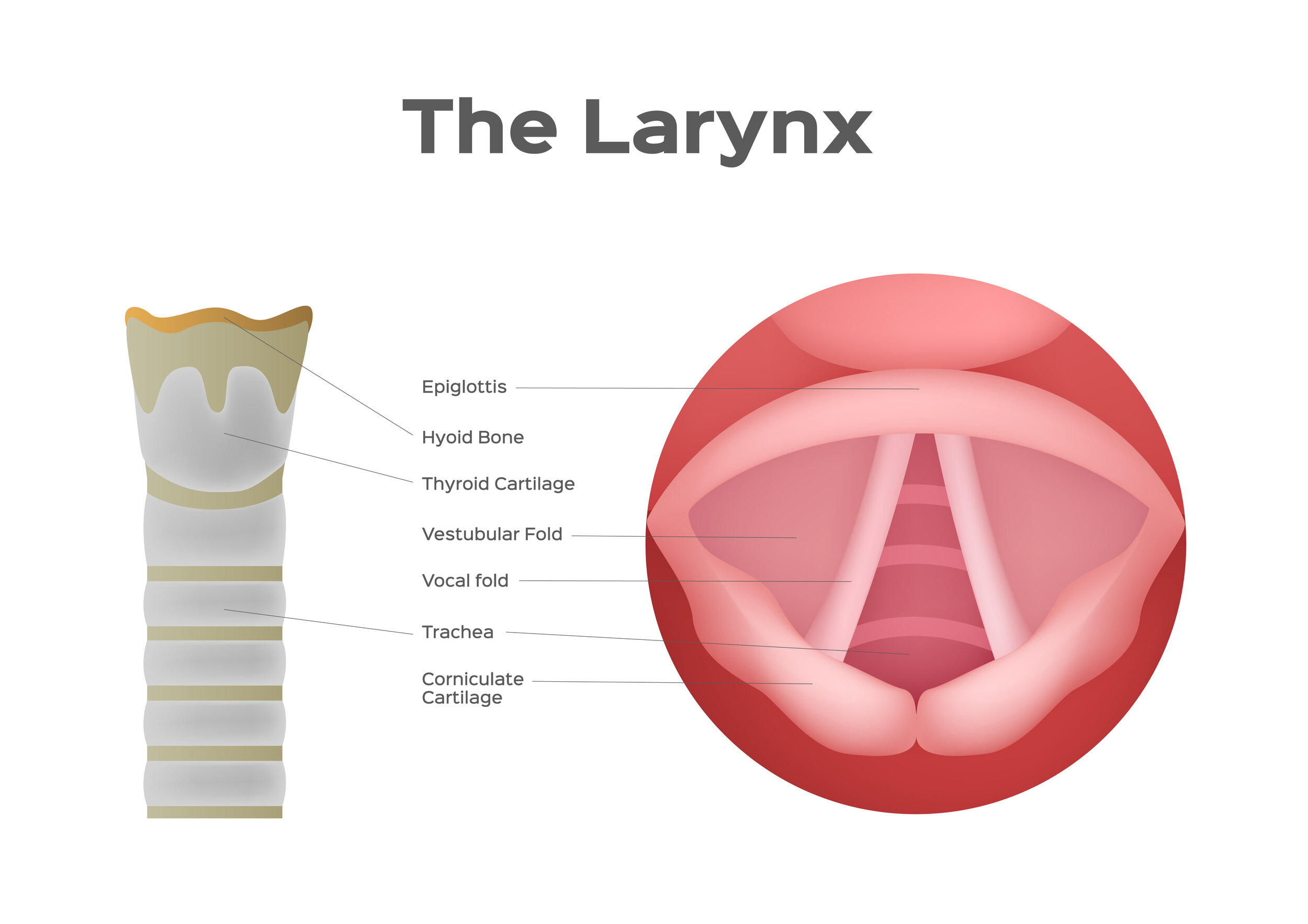Treatments: Throat
This section elaborates on specific treatments for improving throat problems.
breathing, snoring, and obstructive sleep apnea
Choosing how to treat the throat for an improvement in airway is a matter of selecting the option with best results, lowest risk, and lowest recovery time. In adults, the first step is often weight loss, avoiding smoking, and controlling reflux. If this is unsuccessful, a CPAP (continuous positive airway pressure) device is trialed, since it has low risk and is often effective. An oral appliance provided by a dentist may also solve the problem with minimal risk by positioning the lower jaw and tongue slightly forward such that the airway is open. When these methods fail or cannot be tolerated, surgical options depending on the specific situation do exist. Hypoglossal nerve stimulator implant (e.g., Inspire), tonsillectomy, UPPP (uvulopalatopharyngoplasty), lingual tonsillectomy, and even jaw advancement surgery may be indicated..
tonsillectomy and adenoidectomy
The tonsils and/or adenoids may be removed when the expected benefits outweigh the risks. In children, frequent or long-standing infections of the tonsils and/or adenoids (including recurrent strep throat) are effectively treated surgically. If a second set of ear tubes is placed, removal of the adenoids is typically done at that time, as the adenoids are commonly the source of bacteria traveling up the Eustachian tube to the ear. Also in children with obstructive sleep apnea or upper airway resistance, tonsillectomy and adenoidectomy are typically very successful in restoring a normal upper airway.
In adults, tonsils, adenoids, and/or lingual tonsils (tonsil type tissue on the far back of the tongue) are removed for infections, for a tumor or suspicion of a tumor, and occasionally to improve the upper airway.
Young children tend to have the easiest recovery after tonsillectomy and/or adenoidectomy, whereas after about age 9, patients can expect a very sore throat for about two weeks.
Peritonsillar abscess on the patient’s right..
Incision and drainage of a peritonsillar abscess
Small peritonsillar abscesses may respond well to antibiotics, but larger ones or those that have not responded to antibiotic use may require surgical incision and drainage. This may be performed in the clinic or at the bedside versus going to the operating room to drain the abscess while the patient is under general anesthesia. Here is a video demonstrating this procedure.
swallowing
Swallowing treatments depend on the cause of the problem. Most commonly, improvement with a physical therapy type approach (with a speech and language pathologist) is undertaken. However, if swallowing troubles arise from an anatomic problem (such as a Zenker’s diverticulum, a tumor, or a narrowed passageway), or if a vocal cord has become weak, surgical treatment may be indicated.
voice box (larynx)
General categories for treatment of the voice box (larynx) include medical, surgical, and therapy, depending on the cause of the problem. Fortunately, the majority of vocal quality problems (hoarseness or dysphonia) are effectively treated with a few measures including minimizing any acid reflux that may be occurring, avoiding vocal strain, and utilizing speech therapy. Diagnostic evaluation guides treatment options, and in some situations, such as with a nodule, polyp, tumor, or weak vocal cord, surgical treatment is indicated for best results.






